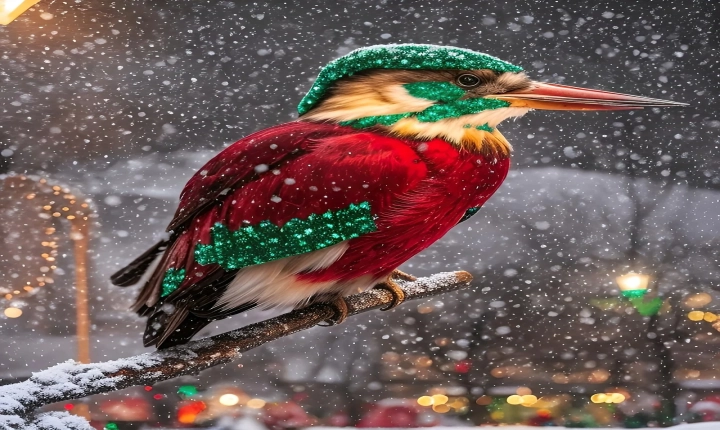Title: How to Create Images in ChatGPT
In recent years, the development of AI-powered language models has revolutionized the way we interact with and generate content. One such model, ChatGPT, has gained popularity for its ability to understand and generate human-like text. But did you know that ChatGPT can also create images based on textual input? In this article, we will explore the process of making images in ChatGPT and how you can harness this capability to enhance your creativity and communication.
What is ChatGPT?
Before diving into how to create images in ChatGPT, it’s essential to understand what the model is and how it functions. ChatGPT stands for “Chat Generative Pre-trained Transformer,” and it is a variant of the popular GPT (Generative Pre-trained Transformer) model developed by OpenAI. ChatGPT is specifically trained to understand and generate human-like text based on the input it receives. The model is capable of carrying on conversations, answering questions, and even performing creative tasks such as writing stories and generating poetry.
Creating Images in ChatGPT
While ChatGPT is primarily known for its text generation capabilities, it also has the ability to create simple images based on textual input. This process involves providing a prompt or description of the desired image to ChatGPT, which then uses its knowledge base to visualize and generate an image that aligns with the provided input.
Here is a step-by-step guide to creating images in ChatGPT:
1. Choose a Descriptive Prompt: The first step in creating an image with ChatGPT is to provide a descriptive prompt that conveys the characteristics and details of the desired image. For example, if you want ChatGPT to generate an image of a sunset over a beach, you might provide a prompt such as “A vibrant sunset over a serene beach with calm waves.”
2. Submit the Prompt: Once you have formulated a descriptive prompt, you can input it into ChatGPT’s interface or programming environment. This can be done through the use of an API, a specialized platform, or by integrating it into your own application.
3. Generate the Image: After submitting the prompt, ChatGPT processes the input and uses its internal understanding of visual concepts to generate an image that aligns with the provided prompt. The generated image can be displayed in real-time or retrieved from the model’s response.
4. Refine and Iterate: Depending on the complexity of the desired image, it may be necessary to refine and iterate on the prompt to achieve the desired result. By experimenting with different prompts and refining the input, it is possible to guide ChatGPT towards producing more accurate and detailed images.
Applications of Image Generation in ChatGPT
The ability to create images in ChatGPT has implications across a wide range of industries and applications. From content creation and design to virtual reality and augmented reality, the capacity to generate visual content through textual input opens up new possibilities for creative expression and communication.
Content Creation: ChatGPT’s image generation capabilities can be harnessed by content creators to quickly prototype visual concepts and generate accompanying images for articles, videos, and social media posts.
Communication: In the realm of online communication and messaging, the ability to create images in ChatGPT can enhance the expressiveness and creativity of text-based communication channels. Users can leverage the model to visualize and share ideas through images directly in chat interfaces.
Design and Visualization: Designers and developers can utilize ChatGPT’s image generation to create visual prototypes, conceptual designs, and mockups based on textual descriptions and user input. This can streamline the design process and facilitate rapid iteration of visual concepts.
Virtual Reality and Augmented Reality: ChatGPT’s image generation capabilities can be instrumental in the development of virtual and augmented reality applications, where it can be used to generate virtual environments, characters, and objects based on textual input, enabling a more dynamic and interactive user experience.
Limitations and Considerations
While the ability to create images in ChatGPT offers exciting possibilities, it is important to consider the limitations and nuances of this capability. The quality and accuracy of the generated images may vary based on the complexity and specificity of the input prompt, and there may be instances where the model struggles to accurately translate certain concepts into visual representations. Additionally, ethical considerations surrounding the generation and use of AI-generated images, such as copyright and ownership, should be taken into account when employing these capabilities.
In conclusion, the capability of ChatGPT to create images based on textual input represents a significant advancement in the field of artificial intelligence and creative computing. By leveraging this capability, individuals and businesses can enhance their creativity, communication, and visualization processes, opening up new avenues for expression and innovation. As the technology continues to evolve, the potential for image generation in ChatGPT to transform how we interact with and create visual content is vast, and it will be fascinating to witness the diverse applications and innovations that emerge as a result.
